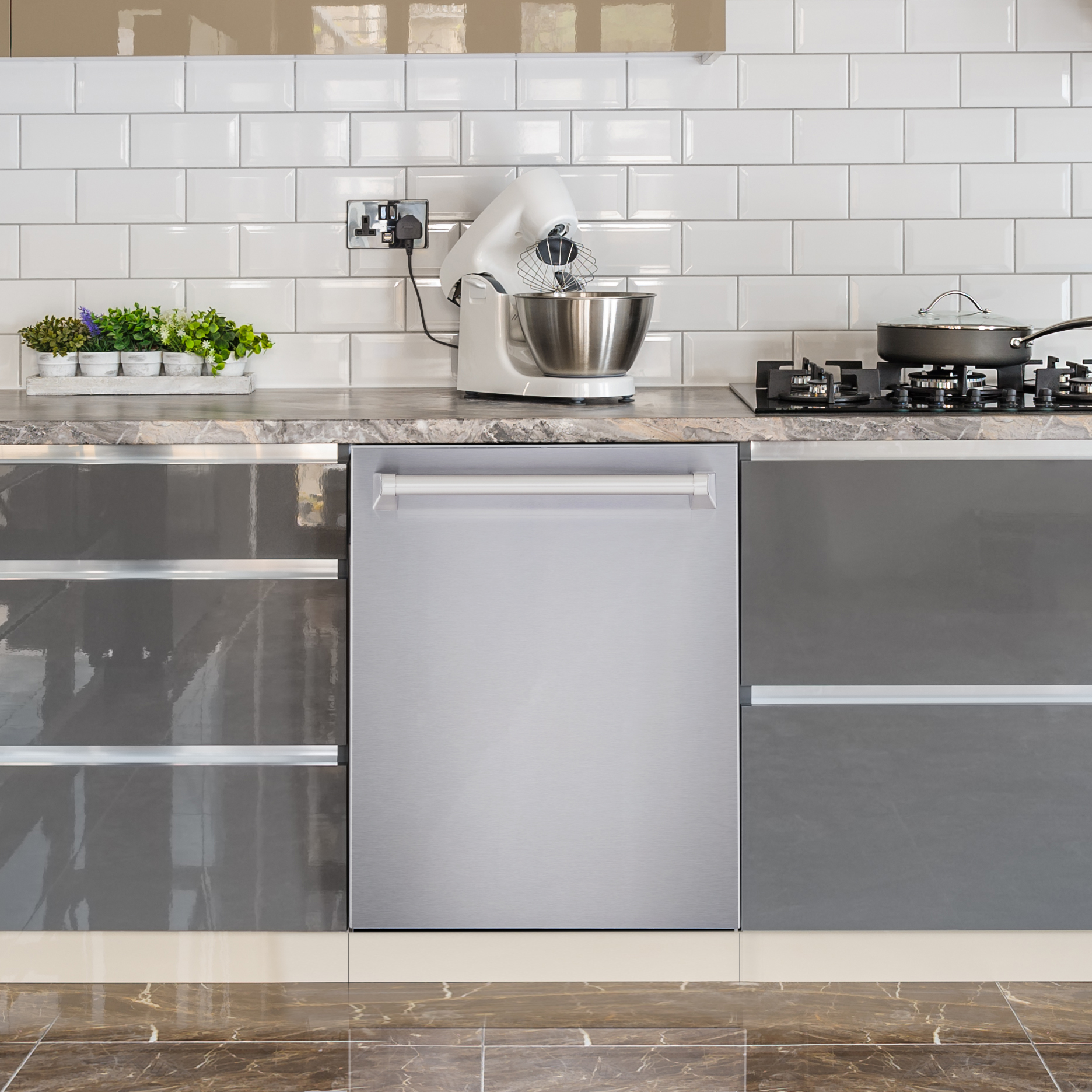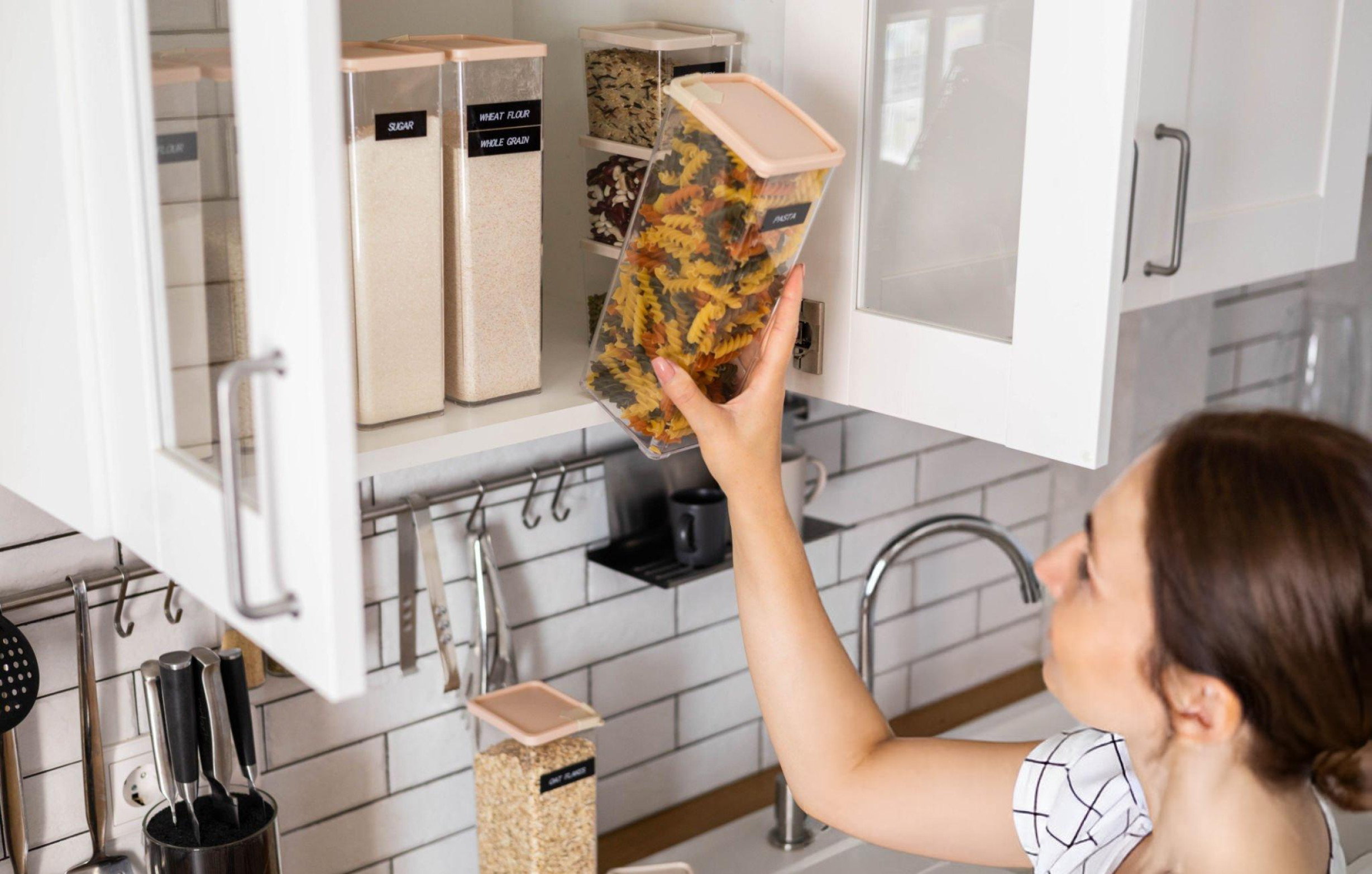Small Kitchen Design Solutions That Make Every Square Inch Count
Small kitchens present unique challenges that require creative solutions and strategic planning to create functional, comfortable cooking spaces. Whether you’re dealing with an apartment kitchen, a compact home design, or simply want to make better use of your existing space, the right approach can transform even the tiniest kitchen into an efficient, enjoyable place to cook and gather. The secret lies in understanding how to maximize every square inch through smart storage, efficient layouts, and design choices that create the illusion of more space. Successful small kitchen design isn’t about cramming everything into a limited area – it’s about making thoughtful choices that prioritize function while creating an environment that feels open, organized, and welcoming. With the right strategies, small kitchens can be just as functional and beautiful as their larger counterparts. Understanding Small Kitchen Challenges and Opportunities Small kitchens force you to think creatively about space utilization while often providing opportunities for efficiency and intimacy that larger kitchens can’t match. Recognizing both the limitations and advantages helps you approach design decisions strategically. Limited counter space requires careful planning to ensure adequate work areas for food preparation, cooking, and cleanup. Every surface needs to serve multiple purposes while remaining functional for daily cooking activities. Storage constraints demand innovative solutions that maximize vertical space, utilize hidden areas, and organize efficiently to accommodate all necessary kitchen items without creating clutter. Traffic flow challenges arise when multiple people need to use a small kitchen simultaneously. Careful layout planning ensures smooth movement patterns even in tight spaces. Appliance sizing becomes critical when standard appliances might overwhelm small spaces. Compact alternatives can provide necessary functionality without dominating the available area. Visual cramping can make small kitchens feel claustrophobic without proper design attention. Strategic color choices, lighting, and layout decisions can create feelings of openness and airiness. However, small kitchens also offer unique advantages including energy efficiency, easier maintenance, cozy intimacy, lower renovation costs, and the opportunity to invest in higher-quality materials within smaller budgets. Maximizing Vertical Storage Space When floor space is limited, the solution often lies in looking up. Vertical storage strategies can dramatically increase your kitchen’s storage capacity without expanding its footprint. Floor-to-Ceiling Cabinets Extending cabinets all the way to the ceiling eliminates wasted space while providing substantial additional storage. This approach creates clean, custom-built appearance while maximizing every available inch. Upper cabinet extensions can house items used less frequently, such as holiday dishes, seasonal appliances, or bulk storage containers. Use step stools or grab bars to access higher shelves safely. Crown molding integration helps floor-to-ceiling cabinets look intentional and finished rather than simply tall. This detail creates sophisticated appearance while hiding any gaps between cabinets and ceiling. Custom sizing allows cabinets to fit your specific ceiling height perfectly, avoiding the awkward gaps that standard cabinets often leave. This precision creates seamless, built-in appearance. Storage organization within tall cabinets benefits from adjustable shelving and pull-down systems that make upper areas more accessible and functional for regular use. Wall-Mounted Storage Solutions Wall-mounted storage keeps counter surfaces clear while providing easily accessible storage for frequently used items. These solutions work particularly well in small kitchens where counter space is precious. Magnetic strips for knives and metal utensils save drawer space while keeping essential tools within easy reach. Position strips away from heat sources but convenient to prep areas. Rail systems with hanging baskets, hooks, and shelves create flexible storage that can adapt to changing needs. These systems maximize wall space while keeping items visible and accessible. Floating shelves provide storage and display opportunities without the visual weight of full cabinets. Use them for dishes, glassware, or decorative items that add personality to small spaces. Spice racks mounted on walls or inside cabinet doors free up cabinet space while keeping seasonings organized and accessible. Magnetic spice containers on refrigerator sides work well too. Ceiling-Mounted Options Overhead storage solutions utilize often-ignored ceiling space while keeping items accessible when needed. Pot racks suspended from ceilings provide storage for cookware while adding visual interest and professional kitchen appearance. Choose locations that don’t interfere with traffic flow or lighting. Hanging baskets for fruits and vegetables free up counter and refrigerator space while keeping produce visible and accessible. Position baskets where they won’t obstruct movement or create head hazards. Pulley systems allow ceiling-mounted storage to be lowered for access then raised out of the way. These systems work well for items used occasionally but needed when cooking large meals. Smart Storage Solutions for Small Spaces Efficient storage in small kitchens requires every available space to work harder through innovative organization and specialized storage solutions. Pull-Out and Roll-Out Systems Maximizing cabinet depth through pull-out systems ensures nothing gets lost in the back of deep cabinets while making all stored items easily accessible. Deep drawer systems work better than shelves in base cabinets, providing full access to contents while accommodating various item sizes. Convert existing cabinets with retrofit drawer systems. Corner cabinet solutions like lazy Susans or pull-out corner systems transform hard-to-reach corner spaces into functional storage areas that make full use of available cabinet volume. Pantry pull-outs create organized food storage in narrow spaces, using full cabinet height while maintaining easy access to all items through sliding mechanisms. Under-sink organization systems maximize the space around plumbing while creating organized storage for cleaning supplies and garbage disposal needs. Multi-Functional Furniture and Features Furniture that serves multiple purposes provides maximum value in small kitchen spaces where every piece must earn its place. Kitchen islands on wheels provide additional counter space, storage, and workspace that can be moved as needed or relocated to create more open space for gatherings. Breakfast bars that fold down from walls provide dining space when needed while folding away to maintain open floor areas for cooking and movement. Storage ottomans or benches with built-in storage provide seating while hiding kitchen items that don’t need constant access but should remain in the kitchen area. Appliance garages hide small appliances while keeping them easily accessible, maintaining clear counter surfaces while ensuring










